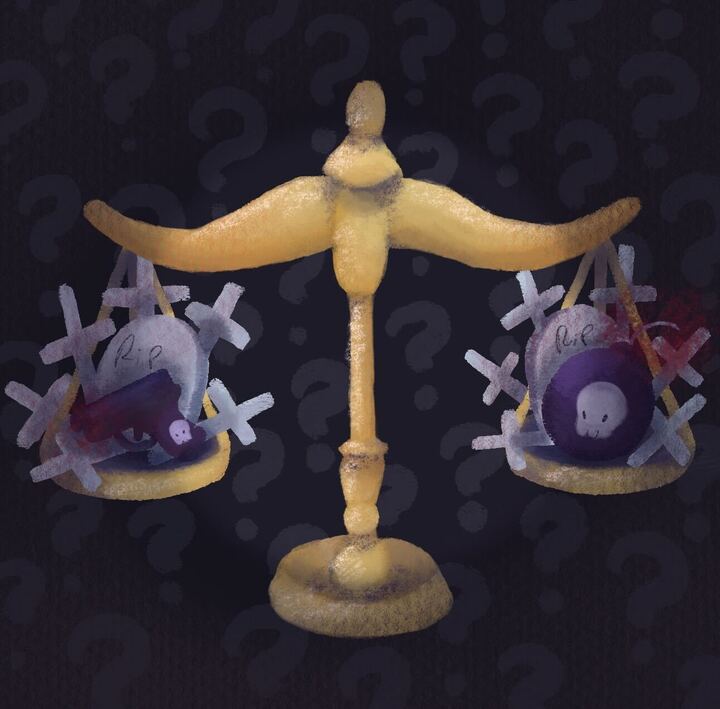Japan’s magnitude 8.9 earthquake and subsequent tsunami have triggered a potential nuclear meltdown generating worldwide concern.
Nuclear technology may fulfill our energy needs but the risk of failure is not worth it.
It has been is use around the world for decades and is one of the cleanest energy sources. But nuclear reactors are vulnerable and Mother Nature is unpredictable so no one can ever be 100 percent sure something won’t go wrong when she unleashes her fury.
Since the Chernobyl disaster, scientists and engineers have designed protective housings to contain radiation leaks but the damage it caused is irreversible. Fear has leaked out into the world and people still harbor negative vibes toward any talk of nuclear energy. The main concern is radiation will escape and kill people en masse. But before going any further let’s make a few things clear.
We are constantly being bombarded with radiation, in fact, there is no escape from it. Natural radiation reaches us through light caused by nuclear fusion in the sun. Gamma rays are the most destructive of this radiation, being able to actually break the double helix of DNA, but they can be blocked by materials such as lead.
Other radiation is caused by the natural decay of isotopes. Nuclear reactors take advantage of this decay and the heat it creates. The decay in radioactive fuel rods boils water and the steam spins turbines, generating electricity.
For a variety of reasons, nuclear reactors can fail and meltdowns occur when the fuel rods aren’t properly cooled. Unless contained, dangerous radiation can be released with devastating consequences over an enormous area.
The current concern in Japan is the fallout of radioactive iodine, an isotope that can build up in the human thyroid gland and cause cancer. To counter this, officials there are handing out iodine of a different type. Saturating the thyroid gland with non-radioactive potassium iodide blocks the dangerous isotope from being absorbed.
Our own Nuclear Regulatory Commission said in the United States alone, there are about 110 nuclear power plants currently operating. Most of the sites are concentrated on the East Coast due to higher population density and demand for energy. In California, nuclear energy supplies power from two sites: San Clemente and Avila Beach.
Meteorologists’ main concern while forecasting for Japan is radiation mixing with local surface winds and spreading to different parts of the country. Their second worry is the radiation reaching up to about 20,000 to 30,000 feet in the atmosphere and being carried by the jet stream to the West Coast of the United States.
This mixture is highly unlikely, since in order to reach that high, there would have to be strong updrafts. Also, even if it reached the jet stream, radiation would be spread so thin that if it did come ashore, it would not be an amount great enough to cause damage.
Globally, as population increases, there will be a much higher demand for alternative energy since we are burning through our fossil fuel reserves. This brings us back to the reality of using nuclear energy and the likely event of destruction.
As we have seen, natural disasters are unpredictable and can strike anywhere, anytime. Though nuclear energy is clean and 99 percent safe for the public, we always have to factor in the unforeseen dangers that are outside human hands.





